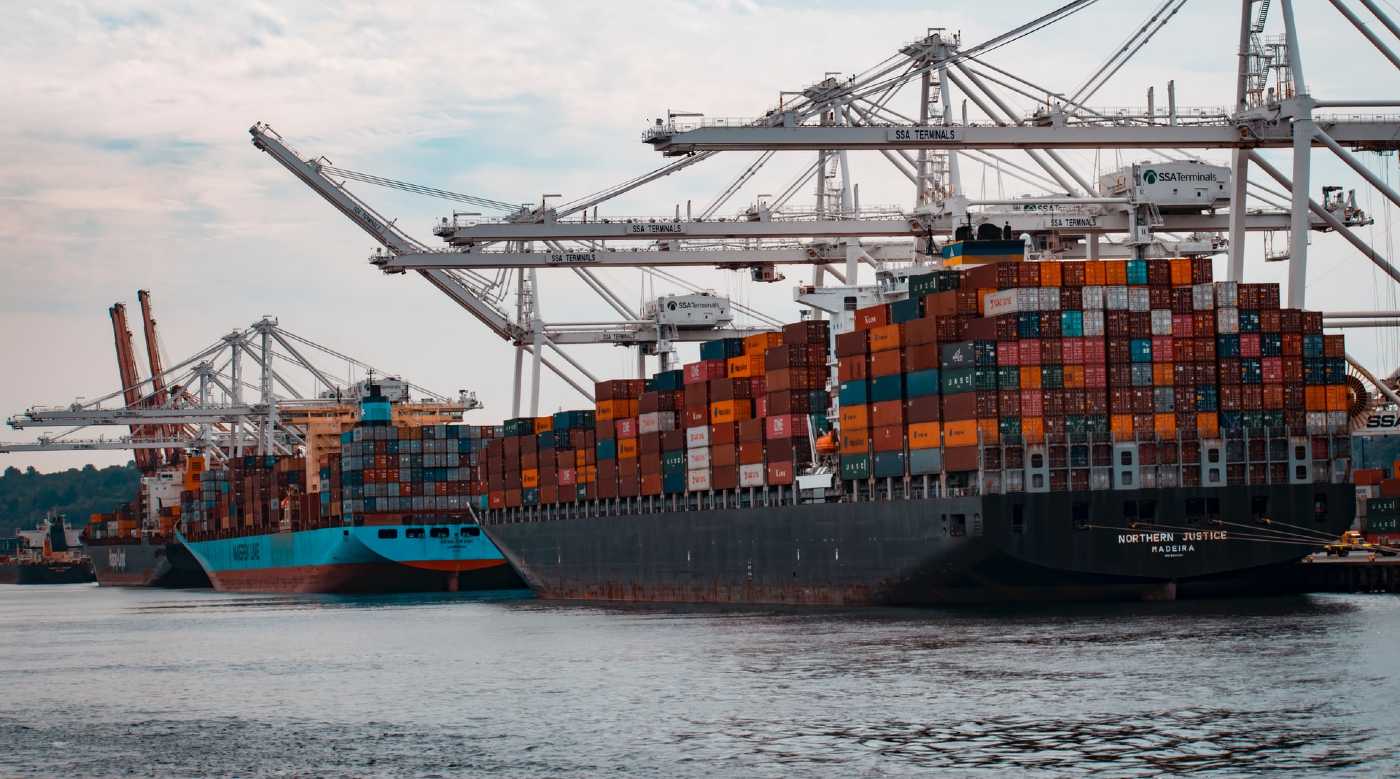2021 was, among other things good and bad, the year in which the global marine shipping industry took concrete steps towards reducing its global emissions footprint.
Accounting for 90% of the world’s international trade, and 3% of human emissions, marine shipping is among the largest greenhouse gas emitters, and one which could in theory, go green the easiest.
It started in April, when a fledgling Biden Administration pushed the International Maritime Organization to improve on its stated push to neutralize emissions by 2070, towards a complete absence of emissions by 2050, but it didn’t end there.
In October, nine companies committed to zeroing out emissions from shipping their products by 2040, including retailer giants like Amazon, IKEA, Unilever, and Patagonia.
In July, an announcement from Wartsila, a marine technology firm, detailed that two load-bearing tests of engines powered by green hydrogen and an ammonia blend performed as needed to carry the world’s goods across the oceans.
Also, in the summer, Maersk, the world’s largest shipping company, announced that a new fleet of eight ships built to run on sustainable methanol would replace eight older vessels totaling 1 million tons of CO2 savings per year.
Then in November, the COP rolled around, and world leaders arrived in droves to try and hold their nations accountable for the security of the world’s health. Here, 13 world leaders followed Denmark’s lead in committing to a zero-emissions shipping industry through the use of green fuels like hydrogen, ammonia, and methanol.
POPULAR: This California Highway Has Just Become the First State Road Made From Recycled Plastic in the US
Meanwhile in the private sector, November also saw the maiden voyage of the Yara Birkeland, a self-driving ammonia-powered shipping vessel that in a single year will eliminate the need for 40,000 diesel-driven truckloads of fertilizer to be moved around the Oslo Fjord.
SHARE This Story in Sustainability With Your Social Circle…




















